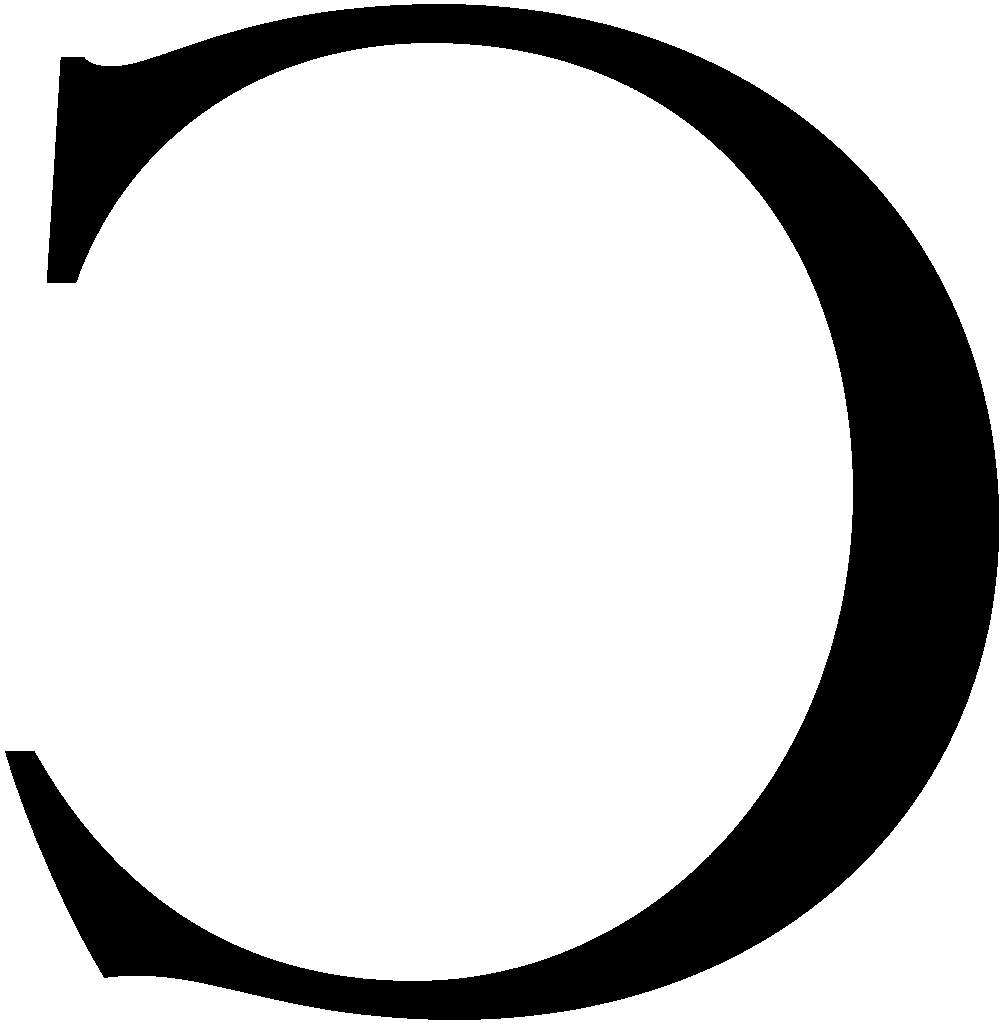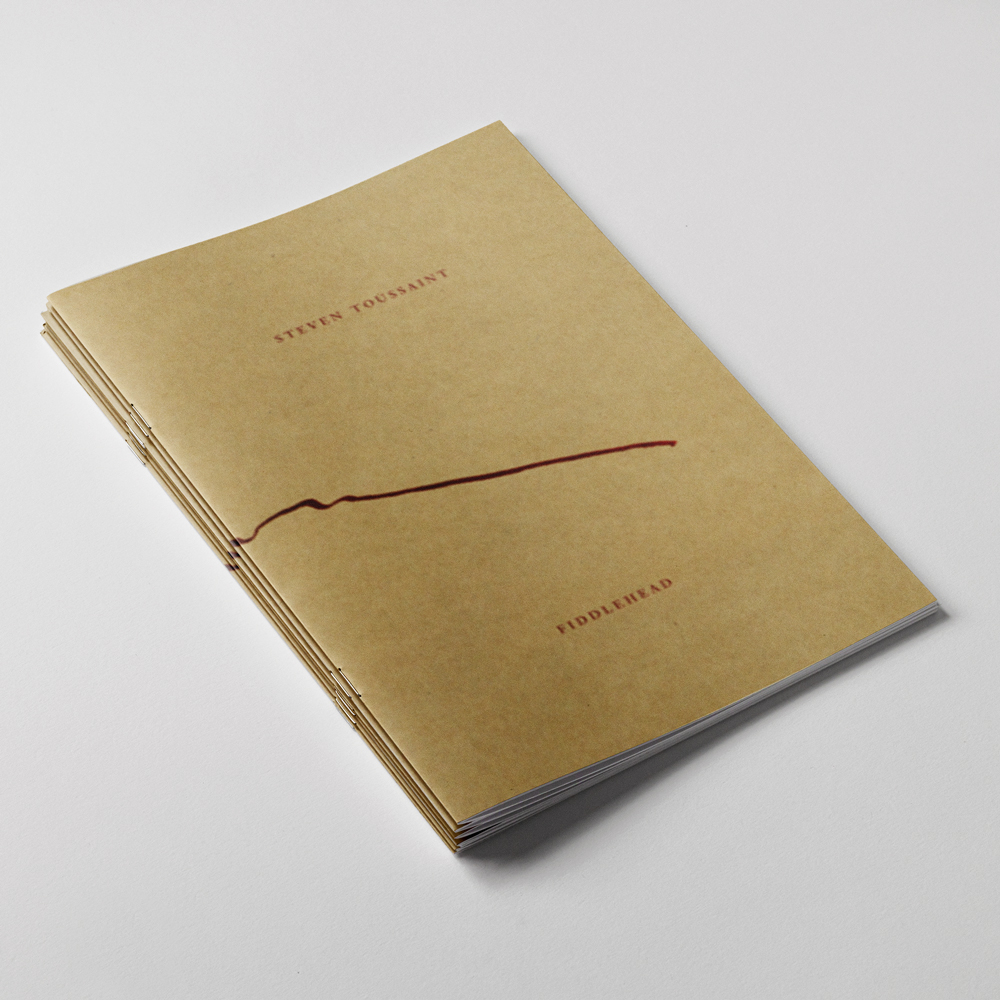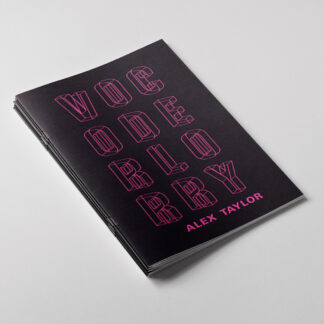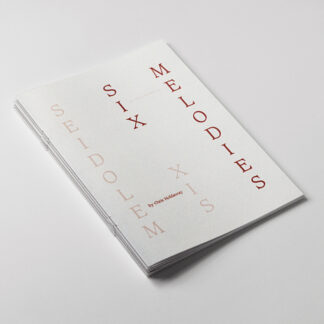Description
Chris Holdaway: I’m always interested in how international artists deal with ‘New Zealand’ when they relocate here, be it temporarily or permanently. How they process the ‘environment’ that feels very particular to us here, and whether or not they manage to see anything else. Like Robert Creeley obviously had his own very particular reaction to the country. I wonder if you have any ideas about how your own heritage imprints this poem, or even how your roots as a Midwestern US poet are disturbed in ‘writing New Zealand’?
Steven Toussaint: I don’t think New Zealand has a very distinct or well-defined place in the American imagination, and for that reason I don’t think many American poems abide here, imaginarily. This isn’t just to say that Nelson, Milford Sound, and Taranaki don’t live in the minds of American poets as substantial places, but also that there are innumerable cultural signifiers Americans haven’t accessed: from something as invariable as the gestures that constitute a waiata to the effects of colonialism and the immense physical distance from ‘The West’ on pākehā identity. I arrived with those same vacancies and am still, after nearly three years, cobbling together a picture of New Zealand for myself that necessarily includes me—an American and a poet—as a feature in the landscape. I brought luggage as well: an education in a particular lineage of American poetics that undeniably inflects my writing. I think the equally fascinating and humbling process of participating in a foreign literary community with its own lineage, at times indifferent to or even at odds with the ideas I bring to bear, definitely ‘imprints’ or ‘disturbs’ the ground of my work, especially as a test of integrity—Would you still write what you write without the affirmation of sympathetic colleagues? —but also as a reminder that the premises upon which I stand are not universal. I don’t think it is a bad thing for American writers to be reminded of that occasionally.
When I wrote Fiddlehead I had only been living in New Zealand for a year (six months in Christchurch followed by another six in Wellington). My partner Eleanor was the writer-in-residence at the Michael King Writers’ Centre in Devonport, and I came up from Wellington to visit her for long stretches that winter. I spent a lot of time on the summit of Mt. Victoria just looking out at Rangitoto, watching sailboats and tankers glide in and out of Auckland harbor, being imprinted. Sights like this are still really improbable to me, having only lived previously in Chicago and Iowa City. While the perpendicular clash of high-rise and Great Lake certainly has its own sublimity, the topographical layering you get in a place like Auckland is something else entirely. Here, there isn’t just one kind of relief: the views have views; each volcanic knob has facets. Creeley had that sense too, I believe. Here he is in Hello: “What do you / think those hills / are going to do now?”
I was also reading Ezra Pound’s translations of Arnaut Daniel and Laurence Binyon’s Dante at the time, while listening to early secular polyphony, and I was enjoying how the mythos of each interpenetrated the others. Arnaut (il miglior fabbro) appears in Purgatorio, for example. Dante even lets him speak in his native Occitan, a singular honor. Then there are the bird sounds Pound loved so much in Arnaut’s “Autet e bas,” which you also hear in Clément Janequin’s Chant des oiseaux, where the singers, at one point, are fuguing chirps! And there are the tui with their glitchy melodies and the perfect purgatorial rise of Rangitoto. I think these were all influences (in-fluids) imprinting one another, or better, commixing in my interpretation of them.
CH: The brief explanatory note on the back cover mentions Dante’s “geographical worldview”, with Purgatory as the sole sliver of land in the Southern Hemisphere. This is apt vocabulary to link up with Rangitoto & volcanic Auckland. But crucially for Dante, especially in that era, it is also a theological worldview; a system of mapping the workings of the divine onto the Earth. With its many invocatory passages, how might the theological become an aspect of Fiddlehead, and what kind of ‘porting’ into New Zealand occurs?
ST: I think the poem has a theological imagination rather than a theology. In this it differs from Dante, whose Medieval Catholic cosmology is inscribed, as you noted, in every detail: each sphere and bolgia. At the same time, Robert Duncan insists that Dante is, above all else, a poet of the literal, for it is in the world of experience and immediate sensation that we witness “the Divine Presentation.” It is no accident that his cosmos are conceived geocentrically. I have long been floored by how Dante’s spatial mind works, the way he triangulates his position on Earth by what stars are visible at a given time or the exhaustive, dizzying geometry of his physical descriptions. The end of Inferno, for instance, sees Dante and Virgil climbing “from tuft to tuft” down Lucifer’s torso, but when they reach the earth’s center and gravity is reversed, they are forced to climb up from Lucifer’s haunches toward his ankles, much to Dante’s puzzlement. Dante is so committed to the mythical narrative underlying medieval cosmology, that he can only describe its often idiosyncratic geographical implications meticulously. His Mount Purgatory is as literally real as any description of cyclists weaving between cars on Dominion Road at rush hour on a Friday would be today. I think this adherence to relational distances and shifting perspective so characteristic of the Commedia inspires Fiddlehead as much as its theological underpinning.
That being said, I do conceive of Fiddlehead as an essentially religious poem. I was raised in Roman Catholicism, though I distanced myself from the Church as a teenager. I think I spent several years resisting its aesthetic influence: all the iconography, ceremony, architecture, and history—the stuff that Catholicism includes. But then about five years ago a poet friend said to me, “I think I could almost like your poems, if they weren’t so Catholic!” After the horror of revelation subsided, reflection followed: what did that mean, for a poem to be ‘Catholic’? And I have come to acknowledge, and even to consciously welcome, those influences in my life and my writing, though they remain volatile forces, completely unsettled. I think I was wired by Catholicism and I no longer resent that. I find rich aesthetic and philosophical potential, for example, in the heterodoxy that troubles the waters of Christian history: heretical thinking, mystical and initiatic mindfulness, the hubris of alchemy, the scepters of Thoth, Isis, and Bacchus. For me, these diverse sources also provide models for the kind of vocational relationship to poetry I am trying to maintain, one sustained on love and rage equally.
In the U.S., evidence would suggest that we are on the verge of a renaissance in religious poetry, poetry of spirit, which seems to emerge on the one hand in response to runaway secularism and on the other to the erroneous idea that spirit is the property of its most vile and reactionary arbiters on the right. I really don’t know if these same conditions are ripe in New Zealand. Maybe there is a subcutaneous mantic pressure in need of a vent? In any case, enthusiastic poetry (enthousiasmos, god-possessed) is called for, a purgative fire.
CH: The text includes a strong refrain, something that is not at all common in contemporary poetry. It’s almost liturgical. So following on from the theological, could this emphatic form function as a piece of iconography? You’re obviously not afraid to be invested in ‘lyric’ poetry, and I’m wondering if instances of strong textual ‘figuration’ like this could serve as a method of injecting a lyrical agent, alternative or additional to ‘I’.
ST: I like the way you put it: “a lyrical agent”. And the concept of iconicity is certainly active in the poem. When I first showed it to the poet Chris Price, she called the refrain a ‘columnar voice’, which is how I have been referring to it, quietly to myself, ever since. By columnar I think she meant it has quiddity, ‘thingness’. Does it replace that other quidditous column: I? Not really, but perhaps it serves as a rival intelligence in the poem, an antiphonal response.
The decision to use the refrain came out of ongoing experiments trying to wed musical forms and poetry. I was immediately attracted to the idea of including such an insistent, even redundant, repetitive element, which though commonplace in music, is less so in contemporary poetry. Not just to repeat small linguistic and syntactical motives or metrical shapes, but verbatim reiteration, felt like a fresh, promising direction for me to take. The American poet John Taggart is a particular influence as many of his poems—The Rothko Chapel Poem, for example—treat numerous, subtle variations on a few seed phrases over a long duration. His iterations take on meaning horizontally, in incremental accretion and recursion, where I guess I was trying to think about repetition vertically, as recall across an expanse becomes, at the same time, a point of rest. Practically speaking, the refrain also became a compositional tool. It bookends each ‘measure’ and those two poles aurally and figuratively inflect what happens in between. I conceive of the poem as something corresponding to a chaconne in music, a variation form in which a short bass figure determines the range of melodic invention in the upper parts. While I couldn’t literally sound the refrain simultaneously beneath the other parts of the poem, I like to think of it metaphorically as a bassus, which casts an aural and semiotic shadow over the poem. I would like to go further with repetition, for all its absorptive and ouroboric potential.




